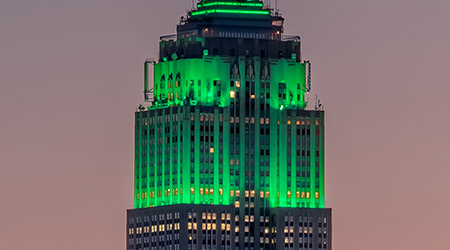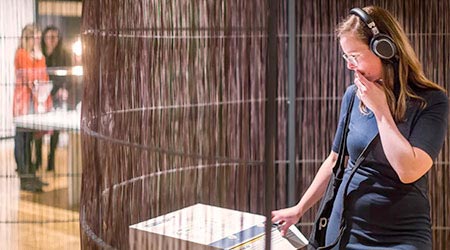
What’s Old Is New: Historic Renovations
June 4, 2018
Renovations and retrofits in institutional and commercial facilities can present maintenance and engineering managers with a range of challenges from financing and scheduling to product specification and commissioning. Now imagine the challenges that can crop up when the facility in question is historic, as well as iconic.
Read: Making Phased Renovations Work
Iconic buildings achieve celebrated status because their architecture stands the test of time. But what lies beneath those enduring facades? Design and engineering evolve quickly, and many urban buildings predate concepts like sustainability, climate change, and even recycling, resulting in waste and inefficiency, according to an article on renovating these buildings in National Geographic.
Enter the retrofit. Aging buildings are updated with new windows, lighting, plumbing fixtures, and heating and cooling systems, ultimately saving owners and operators money while they conserve energy.
Read: Renovations and Accessibility
Consider the Empire State Building, which grabbed New York’s attention when it unveiled new LED lights in 2012. Not only did the color options increase from nine to a kaleidoscope of millions, it used a quarter of the electricity of its original floodlights. While the evening light show turned heads, a more subtle transformation was under way — an overhaul that would prove even old skyscrapers can get a new lease on life.
After a team of experts analyzed the building, over 60 ideas were whittled down with computer modeling to eight—the most worthwhile and practical were chosen. Upgrades ranged from heating and cooling components to lights that automatically dim during the day to simple barriers that prevent heat from radiators escaping through the walls.
The building’s 6,500 double-pane windows proved to be particularly wasteful. But instead of replacing them, they were removed, refurbished on-site, and reinstalled—after-hours, to avoid disruption. A gas-filled film, which acts as an insulating third pane, was added, and now the so-called supersindows reduce summer heat gain and winter loss by more than half. The $13 million energy-efficiency retrofit was completed in 2013, and the upgrades cut energy consumption by almost 40 percent, saving over $4 million annually. It is expected to eliminate 105,000 metric tons of carbon dioxide emissions over 15 years.
This Quick Read was submitted by Dan Hounsell — dan.hounsell@tradepressmedia.com — editor-in-chief of Facility Maintenance Decisions, and chief editor of Facilitiesnet.com.
Next
Read next on FacilitiesNet












